-
Luminosity plays a crucial role in quantifying the size of a dataset and is a fundamental parameter for measuring various physics processes, particularly cross-sections. The number of events for process
$ e^+e^-\to X $ (where X denotes any possible final state) in$ e^+e^- $ collision data can be expressed as$ \begin{array}{*{20}{l}} N_{e^+e^-\to X} = {\cal{L}} \times \sigma_{e^+e^-\to X} (E_{\rm cm}), \end{array} $

(1) where
$ {\cal{L}} $ denotes the integrated luminosity of the dataset,$ \sigma_{e^+e^-\to X} $ is the cross-section for process$ e^+e^-\to X $ , and$ E_{\rm cm} $ is the center-of-mass energy. In principle, any process with a known cross-section can be used to determine luminosity. However, quantum electrodynamics (QED) processes are advantageous owing to their high production rates, simple final state topologies, and cross-sections that are known with high theoretical precision.Datasets at
$ E_{\rm cm} = 3.773 $ GeV were collected by the BESIII detector at the BEPCII collider from December 2021 to June 2022 (DATA I), from November 2022 to June 2023 (DATA II), and from October 2023 to February 2024 (DATA III) for systematically investigating the properties of$ \psi(3770) $ and D meson production and decays. Accurately determining the luminosity of this dataset is important for various purposes. It is essential for measuring the cross-section of$ e^+e^-\to \psi(3770) \to D\bar{D} $ , calculating the normalization factors in strong-phase measurements of$ D^0 $ decays [1, 2], and reducing the systematic uncertainty of analyses using the single tag method [3]. Additionally, this luminosity is used to normalize the Monte Carlo (MC) sample size and to estimate the continuous background in the$ \psi(3686) $ dataset [4, 5]. This paper presents a measurement of the integrated luminosity of DATA I, DATA II, and DATA III using large angle Bhabha scattering events. This dataset is currently the world's largest collection of$ e^+e^- $ collision data at the$ \psi(3770) $ resonance peak. -
The BESIII detector [6] records energy-symmetric
$ e^+e^- $ collisions provided by the BEPCII storage ring [7] at$ E_{\rm cm} $ ranging from 2.0 to 4.95 GeV, with a peak luminosity of$ 1.1 \times 10^{33}\;\text{cm}^{-2}\text{s}^{-1} $ achieved at$ E_{\rm cm} = $ 3.773 GeV in 2023. BESIII has collected large data samples in this energy region [8−10]. The cylindrical core of the BESIII detector covers 93% of the full solid angle and consists of a helium-based multilayer drift chamber (MDC), plastic scintillator time-of-flight system (TOF), and CsI(Tl) electromagnetic calorimeter (EMC), which are all enclosed in a superconducting solenoidal magnet providing a 1.0 T magnetic field. The solenoid is supported by an octagonal flux-return yoke with resistive plate counter muon identification modules interleaved with steel. The charged-particle momentum resolution at$ 1\; {\rm GeV}/c $ is 0.5%, and the$ {\rm d}E/{\rm d}x $ resolution is 6% for electrons from Bhabha scattering. The EMC measures photon energies with a resolution of 2.5% (5%) at$ 1 $ GeV in the barrel (end cap) region. The time resolution in the TOF barrel region is 68 ps, while that in the end cap region is 60 ps [11−13].Simulated data samples produced with a GEANT4-based [14] Monte Carlo (MC) package, which includes the geometric description of the BESIII detector and the detector response, were used to determine detection efficiencies and estimate backgrounds. The QED processes were simulated with the Babayaga@NLO generator [15−18]. The width of
$ \psi (3770) $ , beam energy spread, initial state radiation (ISR), and final state radiation (FSR) were considered in the simulation. The configuration parameters of the Bhabha signal MC ($ e^+e^-\to (\gamma)e^+e^- $ ) are listed in Table 1. Regarding other processes, the simulation modeled the beam energy spread and ISR in the$ e^+e^- $ annihilations with the KKMC generator [19, 20]. The inclusive MC sample was used to simulate all possible processes of$ e^+e^- $ collision, including the production of$ D\bar{D} $ pairs (with quantum coherence for the neutral D channels), the non-$ D\bar{D} $ decays of$ \psi(3770) $ , ISR production of the$ J/\psi $ and$ \psi(3686) $ states, and continuum processes incorporated in KKMC [19, 20].Parameter Value Center-of-mass energy Calibrated $ E_{\rm cm} $ 

Beam energy spread 0.97 MeV Minimum $ \cos\theta $ 

–0.83 Maximum $ \cos\theta $ 

0.83 Table 1. Configuration of the Babayaga@NLO generator used to simulate Bhabha events.
All particle decays were modeled with EVTGEN [21, 22] using branching fractions either taken from the Particle Data Group [23], when available, or otherwise estimated with LUNDCHARM [24]. FSR from charged final state particles was incorporated using the PHOTOS package [25].
In the simulation above, the run-by-run based calibration was applied, considering the beam energy fluctuations and other time-dependent effects. The duration of each run was typically one hour. The calibration of
$ E_{\rm cm} $ , which takes advantage of the small uncertainty in known D mass$ m_{D} $ [23] and the excellent resolution of the MDC and EMC, was carried out using the following equation:$ \begin{array}{*{20}{l}} E_{\rm cm}=2E_{D}\,, E^2_{D}=E_0^2+(m_{D}c^2)^2-(M^{\rm fit}_{\rm BC}c^2)^2. \end{array} $

(2) Here,
$ E_0 $ is the uncalibrated beam energy, i.e., 3.773 GeV, and$ M^{\rm fit}_{\rm BC} $ denotes the fitted peak of the beam-constrained mass of the D mesons. This is calculated using$ M^{\rm fit}_{\rm BC}c^2=\sqrt{E_0^2-p_D^2c^2} $ , where$ p_D $ is the momentum of D measured in the center-of-mass system of the$ e^+e^- $ collision using decays$ D^{0}\to K^-\pi^+ $ ,$ D^{0}\to K^-\pi^+\pi^+\pi^- $ , and$ D^{+}\to K^-\pi^+\pi^+ $ . Essentially, Eq. (2) is equivalent to$ E^2_D= p^2c^2+m^2_Dc^4 $ . The distributions of$ M_{\rm BC} $ , instead of$ p_D $ , are used because$ M_{\rm BC} $ offers better resolution, and the fit to$ M_{\rm BC} $ is more easily controlled. According to the above analysis, calibrated$ E_{\rm cm} $ varies by 2−3 MeV around the expected 3.773 GeV with an uncertainty of approximately$ 0.02 $ MeV. Details of the fit and particle reconstruction are introduced in Ref. [26]. -
The integrated luminosity of data is usually measured with three QED processes:
$ e^{+}e^{-}\to (\gamma)e^{+}e^{-} $ ,$ e^+e^-\to (\gamma)\gamma\gamma $ , and$ e^+e^-\to (\gamma)\mu^+\mu^- $ . Symbol "(γ)" represents the possible presence of photon(s) resulting from ISR or FSR. Given that the uncertainties associated with reconstructing electrons are smaller than those of photons and muons, and the statistical uncertainty of Bhabha events is almost negligible, only Bhabha events were used to measure luminosity. Furthermore, Bhabha events at small angles, i.e., in the direction of the$ e^+ e^- $ beam, predominantly interact with the end cap region of the detector. This region exhibits more gaps and worse resolution compared to the barrel region. The generator simulation at small angles is also less precise. Given that large angle Bhabha events provide a negligible statistical uncertainty, we exclusively used them to measure the integrated luminosity of the dataset. The large angle region is defined as$ |\cos\theta|<0.83 $ , where θ is the polar angle of the final state electron (positron) relative to the beam direction.The integrated luminosity of data is determined by
$ {\cal{L}} = \sum\limits_i\frac{N_i^{\rm obs}\times(1-\eta)}{\sigma_i\times\epsilon_i\times\epsilon^{\rm trig}}\,. $

(3) In this equation, index i indicates different runs, and the integrated luminosity of the dataset is obtained by summing over these runs. Variables
$ N_i^{\rm obs} $ ,$ \sigma_i $ ,$ \epsilon_i $ , η, and$ \epsilon^{\rm trig} $ represent the number of observed Bhabha-event candidates, the production cross-section of the Bhabha process, detection efficiency, contamination rate, and trigger efficiency for collecting events in the on-line data acquisition system, respectively. The Babayaga@NLO generator [15−18] was employed, with$ E_{\rm cm} $ calibrated on a run-by-run basis, to calculate the cross-section, generate signal MC events for process$ e^{+}e^{-}\to (\gamma)e^{+}e^{-} $ , and estimate the detection efficiency. -
Candidate Bhabha events were required to have exactly two oppositely charged tracks detected in the MDC. Each track was required to satisfy a distance of closest approach to the interaction point of less than 10 cm along the z axis (the symmetry axis of the MDC) and less than 1 cm in the transverse plane. Additionally, each candidate track was required to lie within polar angle region
$ |{\rm cos}\theta|<0.8 $ to ensure interaction with the barrel of the EMC.To suppress the
$ e^+e^-\to (\gamma)\mu^+\mu^- $ background, deposited energy$ E_{\rm EMC} $ in the EMC by each track, shown in Fig. 1, was required to fall within the$1.0 < E_{\rm EMC} < 2.5$ GeV range. Furthermore, the sum of the momenta of both tracks, shown in Fig. 2, was required to be larger than$ 0.9\times E_{\rm cm} $ to suppress background events, which mainly arise from processes involving$ J/\psi $ in the final state, e.g.,$ e^+e^-\to(\gamma)J/\psi $ ,$ e^+e^-\to(\gamma)\psi(3686)\to(\gamma)J/\psi X $ , and$ e^+e^-\to\psi(3770)\to(\gamma)J/\psi X $ . To eliminate the background from energetic cosmic rays, the momentum of each track was required to be less than$ E_{\rm cm}/2 + 0.30 $ GeV.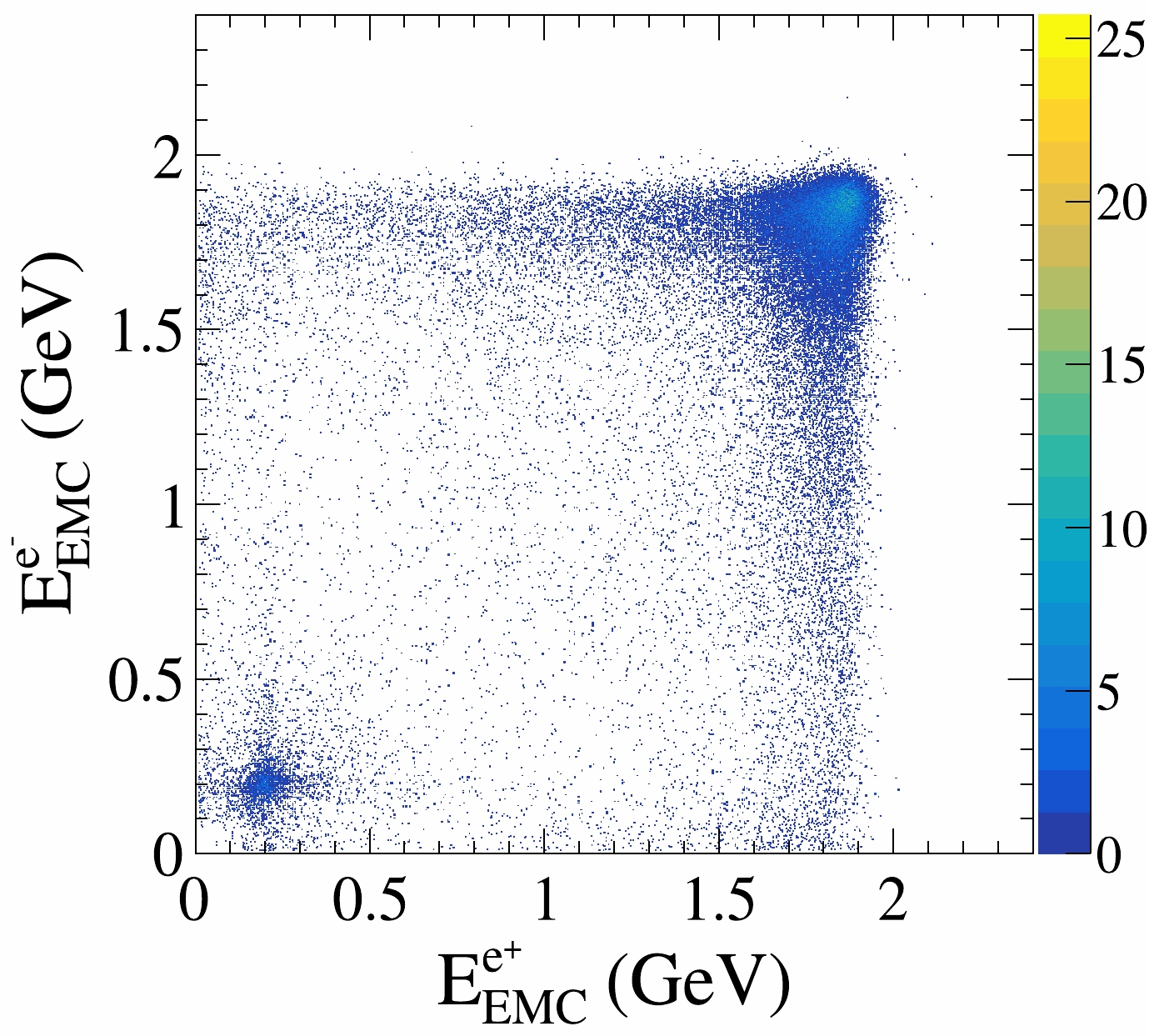
Figure 1. (color online) Distribution of
$E^{e^+}_{\rm EMC}$ versus$E^{e^-}_{\rm EMC}$ from a subset of the data sample. The cluster concentrated at the upper right corner is the Bhabha signal, whereas the small cluster at the lower left corner is the$e^+e^-\to (\gamma)\mu^+\mu^-$ background. The horizontal and vertical bands are caused by ISR and FSR in the Bhabha and$e^+e^-\to (\gamma)\mu^+\mu^-$ events.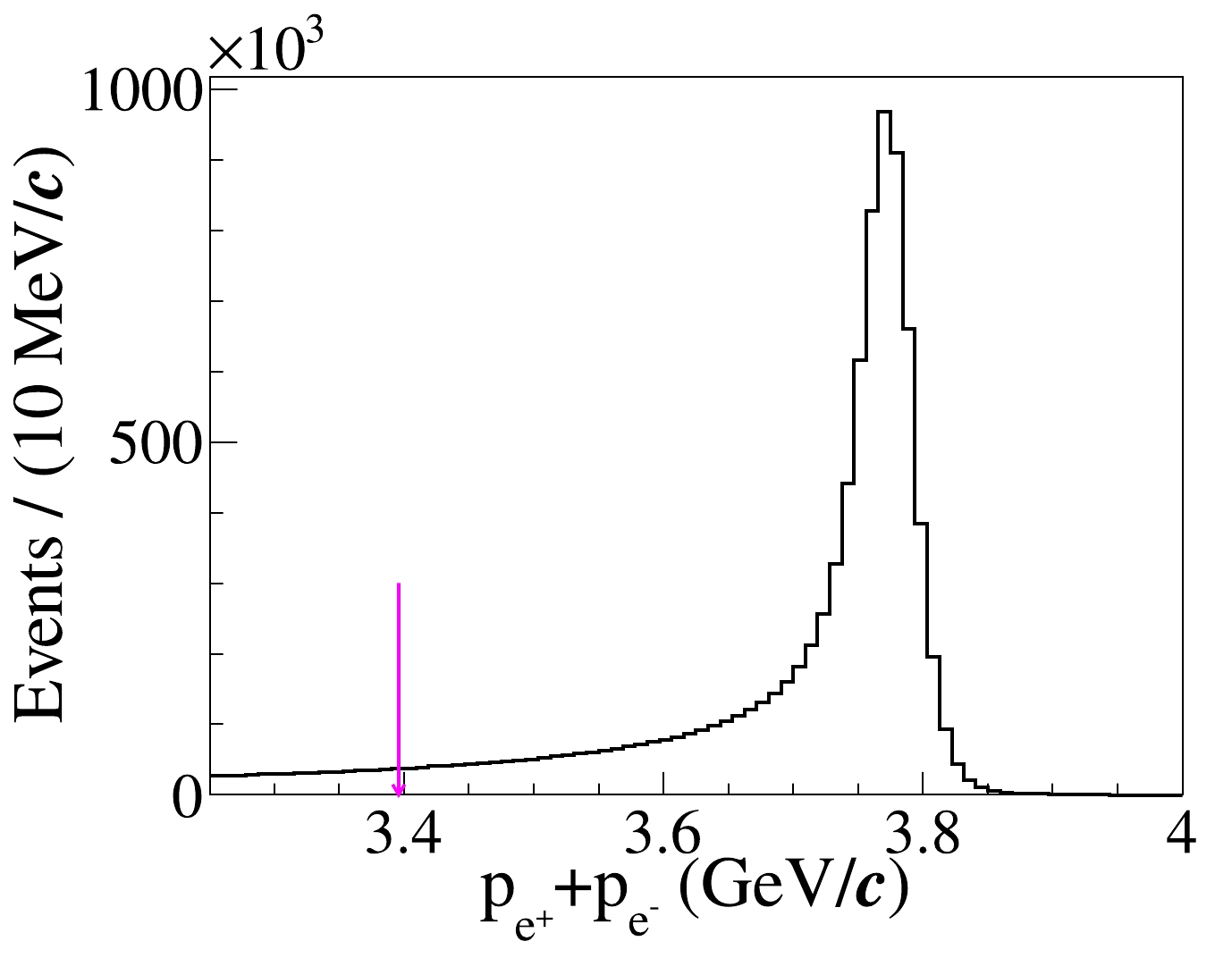
Figure 2. (color online) Distribution of
$p_{e^+}+p_{e^-}$ from a subset of the data sample. The background is not visible owing to the very low contamination rate of$\eta=3\times 10^{-4}$ . The pink arrow indicates the$>0.9\times E_{\rm cm}$ requirement.The two oppositely charged tracks in the candidate Bhabha scattering events are produced to be back to back. However, owing to the presence of a magnetic field, their trajectories are bent, resulting in their corresponding shower clusters in the
$ xy $ -plane of the EMC not being back to back. To quantify this angular difference, variable$ \delta\phi $ is defined as$ |\phi_1-\phi_2|-180^{\circ} $ , where$ \phi_1 $ and$ \phi_2 $ are the azimuthal angles of the two clusters in the EMC. The distribution of$ \delta\phi $ is shown in Fig. 3; it was imposed that$ 5^{\circ}<|\delta\phi|<40^{\circ} $ . This constraint effectively eliminates the background from the$ e^+e^-\to (\gamma)\gamma\gamma $ process.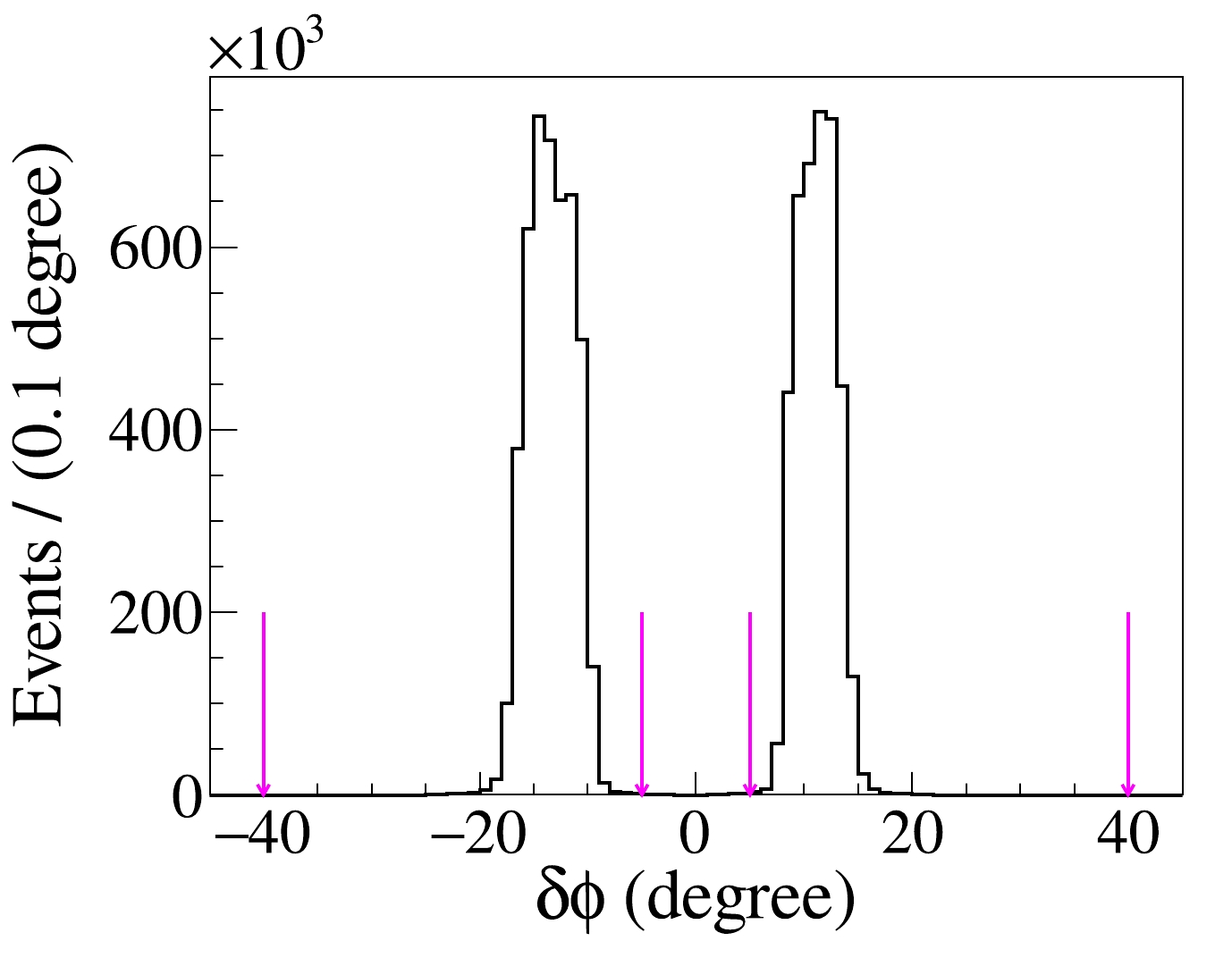
Figure 3. (color online) Distribution of
$\delta \phi$ between the selected$e^+$ and$e^-$ tracks from a subset of the data sample. The background is not visible owing to the very low contamination rate of$\eta=3\times 10^{-4}$ . The pink arrows indicate the$5^{\circ}<|\delta\phi|<40^{\circ}$ contraint. -
Residual background events stem from various sources, such as the ISR production of
$ J/\psi $ and$ \psi(3686) $ ,$ e^+e^-\to (\gamma)\gamma\gamma $ ,$ e^+e^-\to\psi(3770) \to D\bar{D} $ ,$ e^+e^-\to\psi(3770) \to $ non-$ D\bar{D} $ , and$ e^+e^- \to $ continuum processes. These background contributions are estimated by analyzing the corresponding background MC events. The contamination rate for the candidate Bhabha events is calculated as$ \eta=N^{\rm MC}_{\rm bkg}/(N^{\rm MC}_{\rm BB}+N^{\rm MC}_{\rm bkg}) $ , where$ N^{\rm MC}_{\rm BB} $ and$ N^{\rm MC}_{\rm bkg} $ are the numbers of Bhabha and background MC events that satisfy the selection criteria, respectively. These numbers are normalized according to the individual cross-sections. The resulting contamination rate is$ \eta= 3 \times 10^{-4} $ . -
To estimate the detection efficiency for the Bhabha events, an
$ e^+e^-\to(\gamma)e^+e^- $ signal MC sample was generated for each run using calibrated$ E_{\rm cm} $ and the Babayaga@NLO generator [15−18]. The MC samples were generated within the range of$ |\cos\theta|<0.83 $ , where θ represents the polar angle of final states$ e^+ $ and$ e^- $ . By applying the same selection criteria as those used in the data analysis to these MC samples, the efficiency was calculated as the ratio of the number of selected signal MC events to the generated number of events. The cross-section for each run was also estimated using Babayaga@ NLO, taking into account the calibrated$ E_{\rm cm} $ of each run. A total of 2 billion signal MC events were generated, which corresponds to approximately the same size as that of the data. This large sample size allows neglecting the uncertainty arising from the statistics of the signal MC sample. The detection efficiency and cross-section within$ |\cos\theta|<0.83 $ at 3.773 GeV were determined to be 61.09% and 147.47 nb, respectively, with fluctuations on the order of 0.1% for different runs due to variations in$ E_{\rm cm} $ . -
The number of observed Bhabha events for each run
$ N_i^{\rm obs} $ was determined by counting the events that satisfy the selection criteria outlined in Sec. IV.A. In total,$ 450.97\times10^{6} $ ,$ 736.88\times10^{6} $ , and$ 379.45\times10^{6} $ events were obtained for DATA I, DATA II, and DATA III, respectively. The trigger efficiency$ \epsilon^{\rm trig} $ for collecting$e^+e^-\to (\gamma)e^+e^-$ events was measured to be 100% with a statistical uncertainty of less than 0.1% [27].Inserting the number of observed Bhabha events, the trigger efficiency, contamination rate (Sec. IV.B), detection efficiency, and cross-sections within
$ |\cos\theta|<0.83 $ (Sec. IV.C) into Eq. (3), the integrated luminosities were determined to be$ 4.995 \pm 0.019 $ fb$ ^{-1} $ for DATA I,$8.157 \pm 0.031$ fb$ ^{-1} $ for DATA II, and$ 4.191 \pm 0.016 $ fb$ ^{-1} $ for DATA III, with negligible statistical uncertainties. Systematic uncertainties are discussed in the next subsection. -
The systematic uncertainty arising from the MDC information, which includes the MDC tracking efficiency and momentum requirement, was determined to be 0.29% by comparing the integrated luminosities measured with and without MDC information. The distribution of
$ \delta \phi $ without MDC information applied is shown in Fig. 4; the efficiency increases by approximately 5%. The dominant background is$ e^+e^-\to (\gamma)\gamma\gamma $ , which is at the 0.15% level. The systematic uncertainty associated with the$ E_{\rm EMC} $ requirements was estimated by varying the requirement from 1.0 to 0.9 or 1.1 GeV. This variation resulted in a change of 0.16% in the luminosity for both tracks. To estimate the systematic uncertainty caused by the$ \cos\theta $ requirement, the integrated luminosity was determined with$ |\cos \theta |<0.75 $ or 0.70, and the difference from the standard selection of$ |\cos \theta |<0.80 $ was found to be 0.13% for both tracks, which is assigned as the corresponding systematic uncertainty. The uncertainty due to the$ \delta \phi $ signal region selection was estimated to be 0.02% by comparing the integrated luminosities obtained by changing the lower limit from$ 5^{\circ} $ to$ 0^{\circ} $ , or the higher limit from$ 40^{\circ} $ to$ 20^{\circ} $ or$ 30^{\circ} $ . The uncertainty arising from the trigger efficiency [27] and the theoretically calculated cross-section using the Babayaga@NLO generator [17, 28] are both 0.1%. The uncertainties from the MC statistics and the contamination rate are negligible.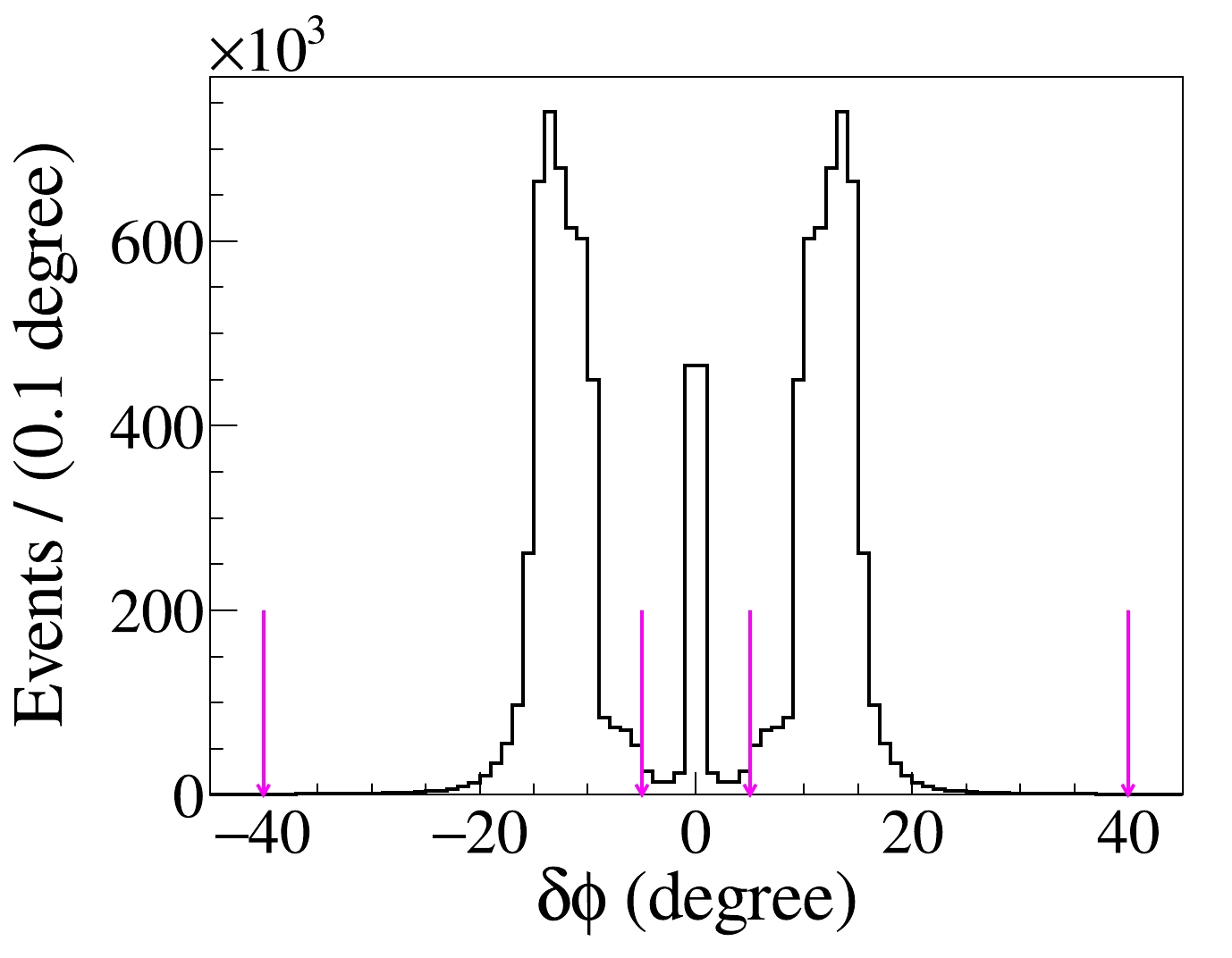
Figure 4. (color online) Distribution of
$\delta \phi$ between the selected$e^+$ and$e^-$ tracks without MDC information from a subset of the data sample. The peak at$\delta \phi=0$ is the$e^+e^-\to (\gamma)\gamma\gamma$ background.All contributions to the systematic uncertainty are summarized in Table 2. The total systematic uncertainty was obtained by adding all individual contributions in quadrature.
Source Uncertainty (%) MDC information 0.29 $ E_{\rm EMC} $ 

0.16 $ \cos\theta $ 

0.13 $ \delta\phi $ 

0.02 Trigger 0.10 Generator 0.10 Total 0.38 Table 2. Relative systematic uncertainties in the luminosity determination.
-
By analyzing large angle Bhabha scattering events, we measured the integrated luminosity of the
$ e^+e^- $ collision data collected at$ E_{\rm cm} = 3.773 $ GeV from 2021 to 2024 with the BESIII detector at the BEPCII collider. These are crucial normalization factors for experimental studies of the production and decays of the$ \psi(3770) $ and D mesons. Using the cross-sections of$\sigma(e^+ e^-\to D^0\bar{D}^0) = (3.615 \pm 0.010_{\rm stat} \pm 0.038_{\rm syst})$ nb and$\sigma(e^+e^-\to D^+D^-)= (2.830 \pm 0.011_{\rm stat} \pm 0.026_{\rm syst})$ nb [29], one can obtain the numbers of$ D^0\bar D^0 $ and$ D^+D^- $ pairs in data. All numerical results are summarized in Table 3. Along with the$ (2.932\pm0.014) $ fb$ ^{-1} $ data collected from 2010 to 2011 [30, 31], BESIII has accumulated data sets with a total integrated luminosity of$ (20.275\pm0.077) $ fb$ ^{-1} $ at$ E_{\rm cm} = 3.773 $ GeV. These results offer fundamental inputs for physics analyses based on these data samples [32, 33].Sample $ N_{\rm obs} $ (

$ 10^{6} $ )

$ {\cal{L}} $ /fb

$ ^{-1} $ 

$ N_{D^0\bar D^0} $ (

$ 10^{6} $ )

$ N_{D^+D^-} $ (

$ 10^{6} $ )

DATA I 450.97 $ 4.995 \pm 0.019 $ 

$ 18.06 \pm 0.21 $ 

$ 14.14 \pm 0.16 $ 

DATA II 736.88 $ 8.157 \pm 0.031 $ 

$ 29.49 \pm 0.34 $ 

$ 23.08 \pm 0.25 $ 

DATA III 379.45 $ 4.191 \pm 0.016 $ 

$ 15.15 \pm 0.18 $ 

$ 11.86 \pm 0.13 $ 

DATA 2010 [27] 283.95 $ 2.932 \pm 0.014 $ 

$ 10.60 \pm 0.13 $ 

$ 8.30 \pm 0.09 $ 

TOTAL 1851.25 $ 20.275\pm 0.077 $ 

$ 73.29 \pm 0.84 $ 

$ 57.38 \pm 0.61 $ 

Table 3. Numerical results for DATA I, DATA II, and DATA III along with the data collected from 2010 to 2011 (DATA 2010) [27], number of observed events (
$ N_{\rm obs} $ ), integrated luminosity ($ {\cal{L}} $ ), and numbers of$ D^0\bar D^0 $ ($ N_{D^0\bar D^0} $ ) and$ D^+D^- $ ($ N_{D^+D^-} $ ). -
The BESIII Collaboration thanks the staff of BEPCII and the IHEP computing center for their strong support.
Measurement of integrated luminosity of data collected at 3.773 GeV by BESIII from 2021 to 2024
- Received Date: 2024-06-09
- Available Online: 2024-12-15
Abstract: We present a measurement of the integrated luminosity of





 Abstract
Abstract HTML
HTML Reference
Reference Related
Related PDF
PDF






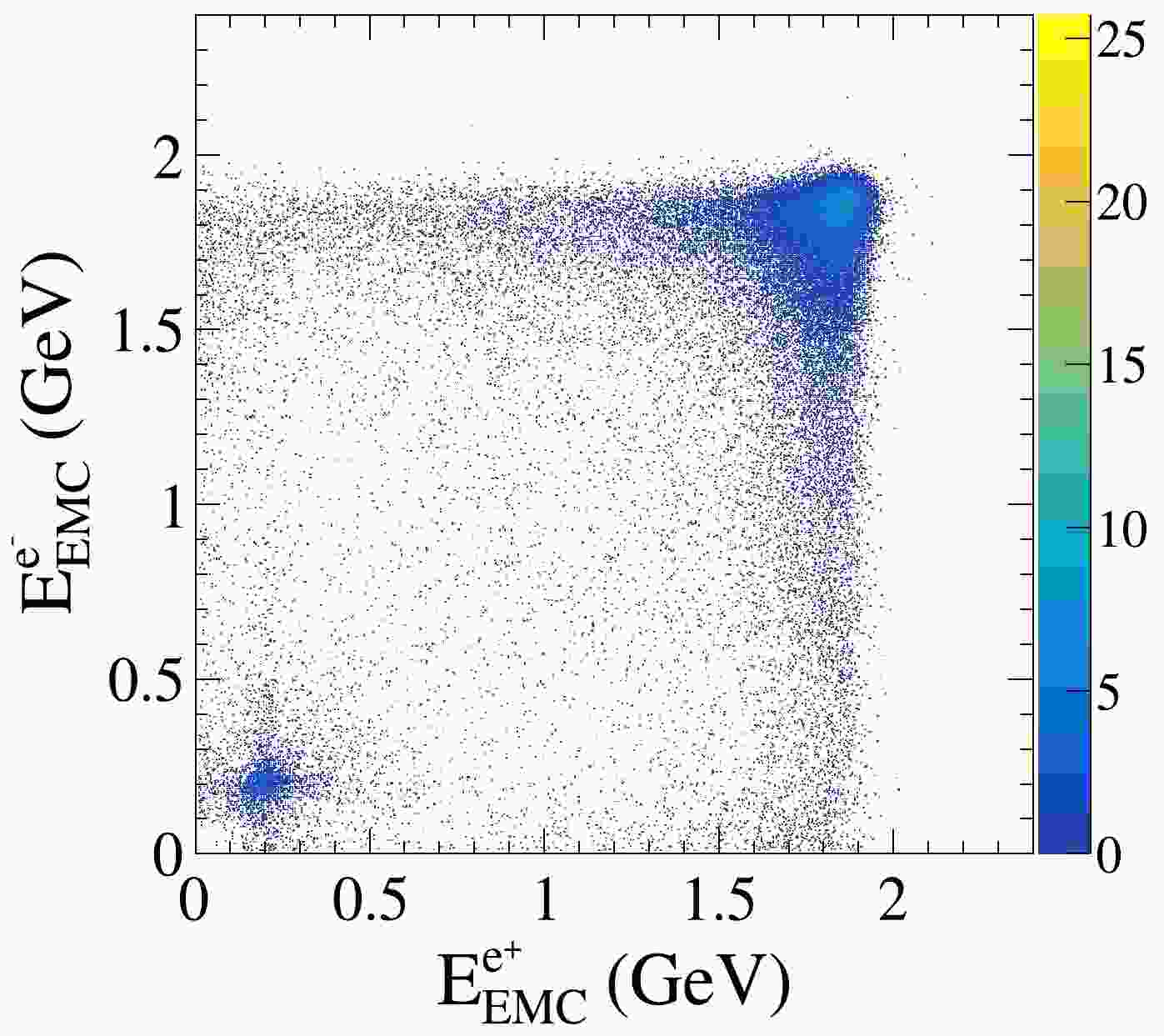













 DownLoad:
DownLoad: